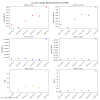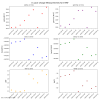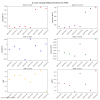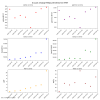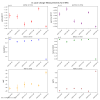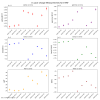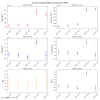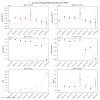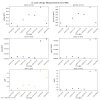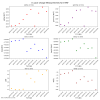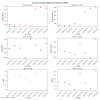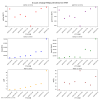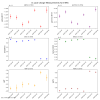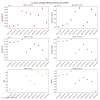Notes from locking this morning (with Alignment woes and Transition from ETMx locklooses)
After spending 3hrs trying to get through an alignment yesterday afternoon, and since H1 was having issues after this morning's lockloss and multiple Initial Alignment cycles (and also after talking with TJ [owl shifter]), decided to REVERT all suspensions (except squeezer) to a time before last night's lock.
Chose time when ISC LOCK was in the Alignment state (#11) and picked a time within a minute of the end of when it was in this state. (Still not sure if that is the best way to pick a time, because how would one know if ALL sus were in an "aligned" state.) So---I reverted to the following time:
Alignment #1: Going for a Manual Alignment to slowly go through each alignment state since some states are broke.
- als: ALSy was a first failure (and even after I touched up its alignment to flashes near 1.0 before aligning!)---as WFS drove off the y-arm alignment (this was the INITIAL_ALIGNMENT state selected for als_yarm). So for the next one one, I worked on optimizing alignment for flashes a little above 1.0 and this time I selected the etm_tms_wfs_offloaded state & it worked fine.
- Input Align: had red-x-arm flashes of 1.0, but twice in a row it knocked out the IMC (this is different from TJ who said he had no issues). so i am SKIPPING!
- prc_ALIGN: SUCCESS
- mich_bright: SUCCESS
- src_align: SUCCESS
Lock#1: Selected PRMI (locked within 15sec), but had a lockloss at Transition From ETMx.
Then there were several early-state locklosses.
Had another Transition From ETMx lockloss at 1719utc (note: during this lock and before the lockloss, Jim brought the BRSx back in-loop (at 1656utc)---we hadn't been using it for the last day or so.).
Finally, H1 made it to NLN at 1805utc.
